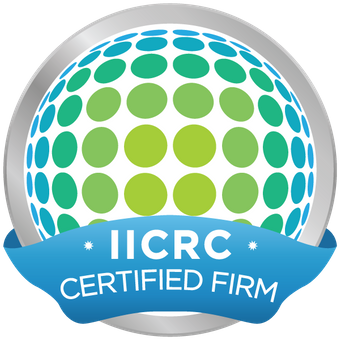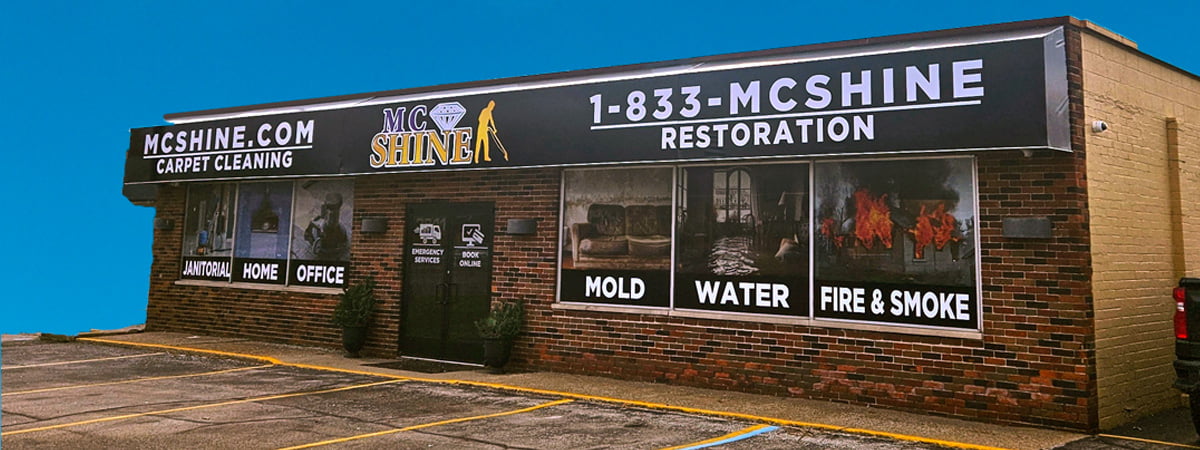Some may argue that ventilation is only necessary in warm or hot climates, but this is far from the truth. Let’s explore why roof ventilation is vital in different climate conditions.
Why Ventilate Roofs in Warm Climates?
- Remove Warm Air from the Attic. In warm climates, one of the primary purposes of roof ventilation is to expel the hot air that accumulates in the attic. This prevents the attic from becoming a heat trap, which can radiate heat back into your living spaces, making them uncomfortable and harder to cool.
- Remove Moisture from the Attic. Moisture can enter the attic through leaks, storms, and improper roof vents. This moisture can lead to long-term issues such as mold growth and structural damage without proper ventilation. Effective ventilation ensures that any moisture that does find its way into the attic is quickly expelled, maintaining a dry and healthy environment.
- Save on Cooling Bills. Proper ventilation can significantly reduce cooling costs. By allowing cooler air to circulate into the attic, ventilation reduces the strain on air conditioning systems. This means your home or business stays cooler naturally, and your energy bills remain manageable.
Why Ventilate Roofs in Cool Climates?
- Reduce Ice Dams on the Roof. In cooler climates, roof ventilation prevents ice dams. Ice dams form when warm air from the conditioned spaces below the attic rises and heats the roof, causing snow and ice to melt. Ice dams form as the melted water runs down the roof and refreezes at the eaves. Proper ventilation ensures the attic temperature stays closer to the outside temperature, reducing the risk of ice dams.
- Enhance Winter Safety. Ice dams pose significant safety hazards, especially when large sheets of ice form above walkways, driveways, and other high-traffic areas. Proper ventilation minimizes the formation of ice dams, making your home or business safer during winter months.
- Prevent Moisture and Mold. Even in cool climates, moisture can become problematic if not properly managed. Roofs should keep moisture out, but any that does get in must be expelled quickly to prevent mold growth. Proper ventilation ensures moisture does not accumulate in the attic, keeping it dry and mold-free.
What About Roof Ventilation in Mixed Climates?
In regions with mixed climates, such as Michigan, proper roof ventilation is essential to combat the challenges of warm and cool weather. Here are a few key benefits:
- Avoid Issues from Warm Weather Proper ventilation helps keep the attic cool during hot days, reducing the need for air conditioning and preventing heat from radiating into living spaces.
- Prevent Ice Dams and Mold in Cold Weather During colder months, ventilation prevents the formation of ice dams and helps expel any moisture that could lead to mold growth.
- Improve Energy Efficiency Year-Round Effective ventilation helps maintain a stable temperature in the attic, reducing energy costs by making heating and cooling systems more efficient.
Conclusion
In summary, proper roof ventilation is crucial in any climate. Whether you’re dealing with the sweltering heat of summer, the freezing cold of winter, or the unpredictable weather patterns of a mixed climate, good ventilation ensures a healthier, more energy-efficient, safer home or business. Investing in proper roof ventilation is a smart move that pays off in comfort, safety, and savings year-round.








